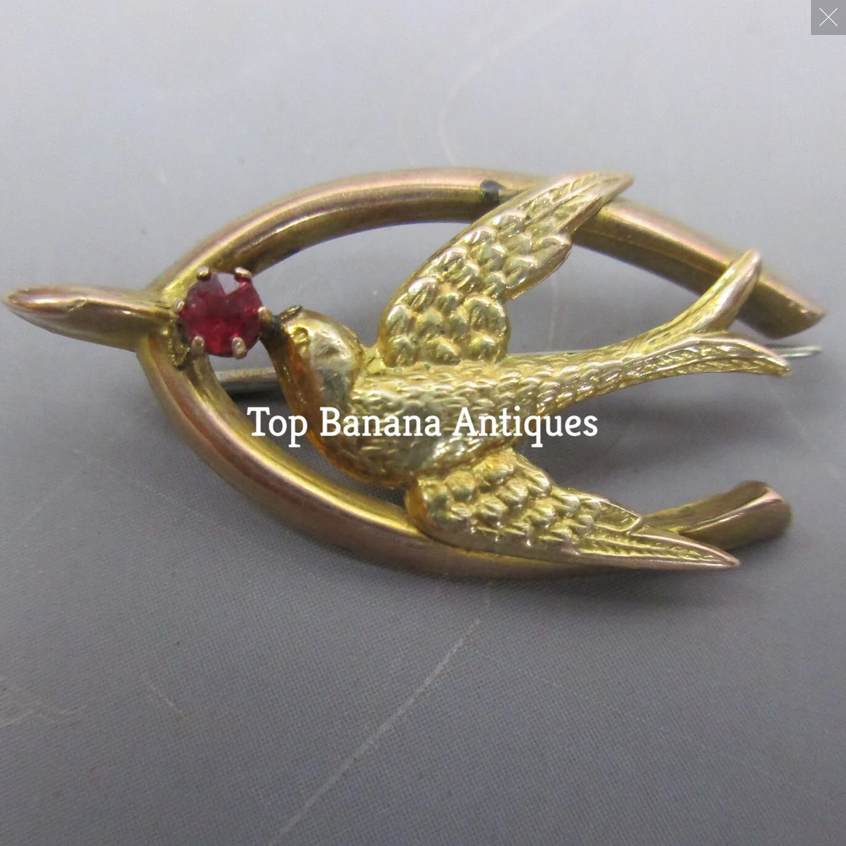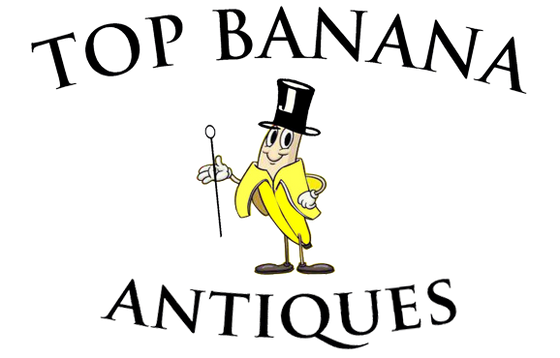Sweet Brooches from the First World War: Tokens of Love and Memory

and cultural history:
When we think of the First World War, images of trenches, battles, and uniforms often come to mind. Yet, amidst the hardship and upheaval, small, intimate objects served as poignant reminders of love, hope, and remembrance. Among these, sweet brooches occupy a special place—delicate, meaningful keepsakes worn close to the heart.
What Were Sweet Brooches?
Sweet brooches, sometimes called “sweetheart brooches,” were decorative pins or brooches given during the First World War as tokens of affection. Often exchanged between soldiers and their loved ones back home, these brooches symbolised connection, loyalty, and remembrance during times of separation and uncertainty.
Typically, they featured sentimental motifs such as:
-
Hearts
-
Flowers (especially forget-me-nots and poppies)
-
Military insignia or regimental badges
-
Lockets or miniature portraits embedded within the brooch
-
Ribbons or coloured enamelling representing national pride
Many were handmade or locally crafted, carrying personal touches and messages. Some included locks of hair, photographs, or tiny notes sealed within.
Why Were They Called “Sweetheart Brooches”?
The term “sweetheart” was used affectionately for one’s beloved, usually a fiancée, wife, or close family member. The brooches served as tangible proof of love and a promise of return. For soldiers, receiving or wearing such a brooch could be a morale booster; for those at home, it was a cherished reminder of a loved one fighting on the front.
Materials and Craftsmanship
Due to wartime shortages, sweet brooches varied in materials. Some were made from precious metals like silver or gold, but many were fashioned from brass, copper, or other affordable materials. Enamel work was common to add colour and detail. Soldiers sometimes personalised them with engraving.
The craftsmanship ranged from mass-produced items to intricately handmade pieces by local artisans, including those working in factories or as part of charity efforts supporting the war.
Sweet Brooches as Historical Artifacts
Today, sweet brooches offer a unique window into the personal lives and emotions of those affected by the war. Museums, collectors, and families treasure these items for their intimate stories.
They also serve as reminders that beyond the grand narratives of war, individual acts of love and remembrance were vital to the endurance of people on both sides of the conflict.
Examples of Popular Sweet Brooch Designs
-
Regimental Brooches: Featuring a soldier’s regiment emblem, these helped loved ones show support.
-
“In Memoriam” Brooches: Worn to remember fallen soldiers, often with black enamel or mourning symbols.
-
Floral Motifs: Forget-me-nots, symbolising remembrance, were widely popular.
-
Lockets: Miniature photographs or locks of hair were sometimes encased within a brooch.
Conclusion
Sweet brooches from the First World War are more than mere jewellery; they are heartfelt tokens that embody the hopes, loves, and memories of an era marked by sacrifice and uncertainty. They remind us how small objects can carry immense emotional weight—connecting people across distance and time in the most tender ways.
Leave a comment
Comments will be approved before showing up.



